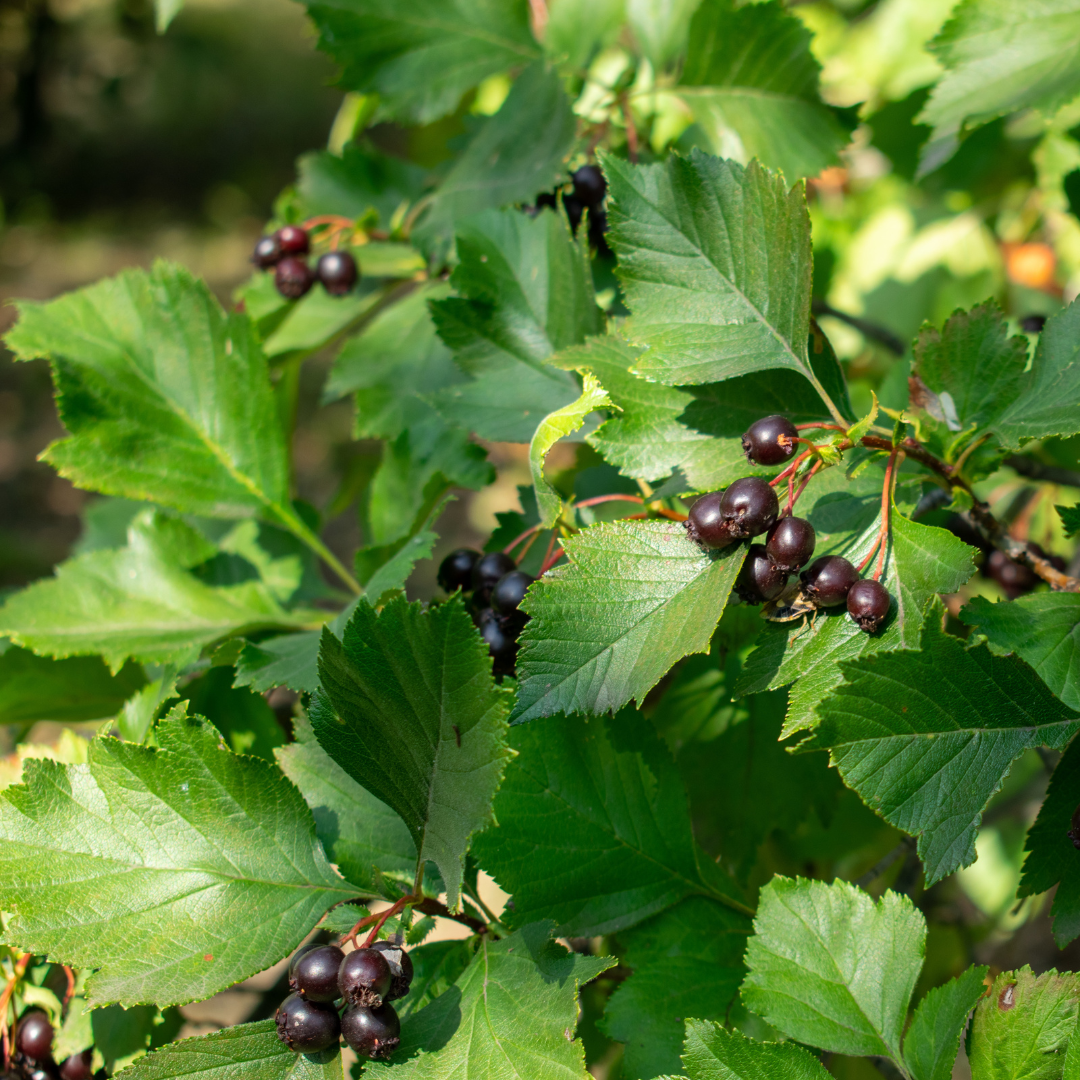The Dirt | Weed of the Month June 2025 | English Hawthorn (Crataegus monogyna)

.JPG?ixlib=rb-1.1.0&w=2000&h=2000&fit=max&or=90&s=704aa439cc28e88c7a3c3563146ec198)

.JPG?ixlib=rb-1.1.0&w=2000&h=2000&fit=max&or=90&s=704aa439cc28e88c7a3c3563146ec198)

English hawthorn (Crataegus monogyna) is a shrub or small tree that typically thrives in sunny pastures and partly shaded forest understories. It has fragrant white flowers that bloom in early spring, have five separate petals, and several pink anthers. This species is easily differentiated from our native black hawthorn (Crataegus douglasii) because it has deeply lobed leaves and bright red berries in the fall. In contrast, black hawthorn has ovate leaves that are shallowly serrated and deep black berries in the fall.
English hawthorn was originally introduced to Oregon as an ornamental shrub and livestock hedges. It was also admired for providing a late season food source for birds that eat its berries and inadvertently help the plant with seed dispersal. In Benton County, this species poses a problem for our slow-growing native Oregon white oak (Quercus garryanna) which is often crowded out by fast-growing hawthorn thickets. Another example of this species being problematic arises out of Douglas County, which struggles with this species decreasing available pasture and rangeland forage.
This species is classified as a B-listed Noxious Weed in the state of Oregon, meaning that while it of economic importance and abundant in certain regions of the state, its distribution is limited in others. English hawthorn is very abundant in Benton County. It is not a species targeted for Early Detection & Rapid Response protocols, so reporting sightings of this shrub is not necessary.
This species can be manually removed via digging up or pruning small shrubs or cutting down larger trees. It can also be treated with herbicide if large thickets form.
